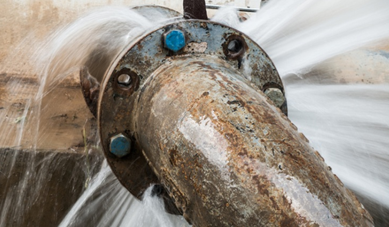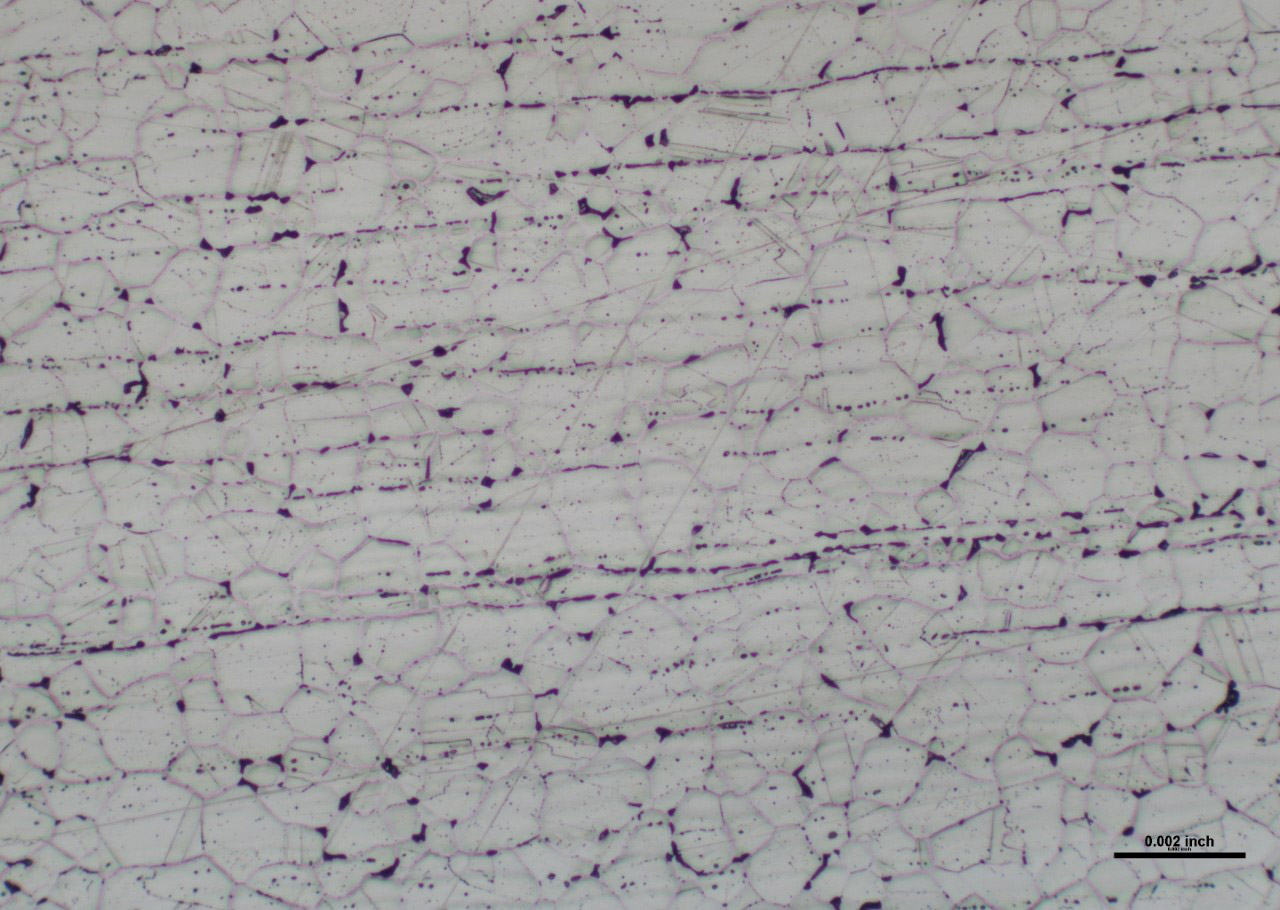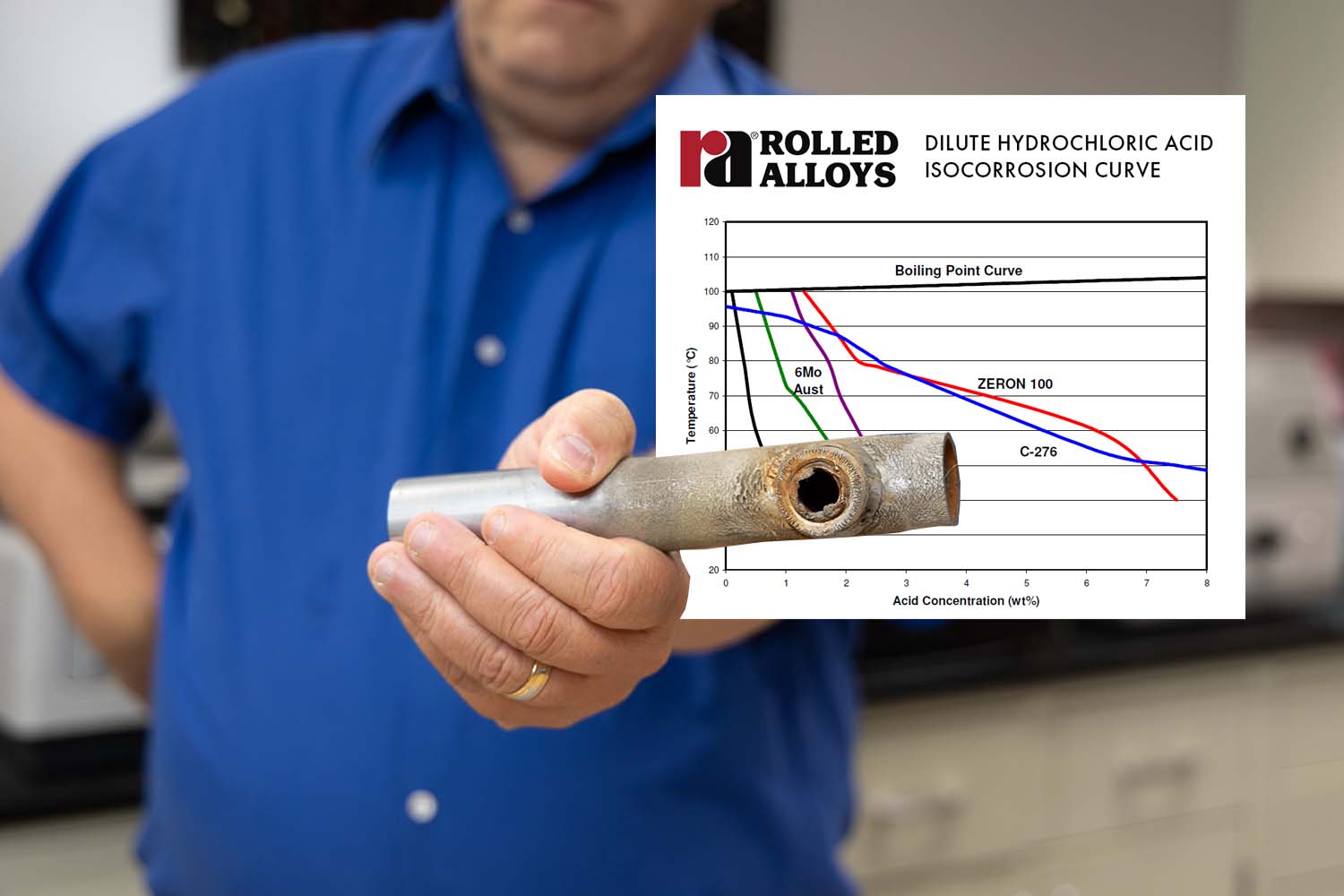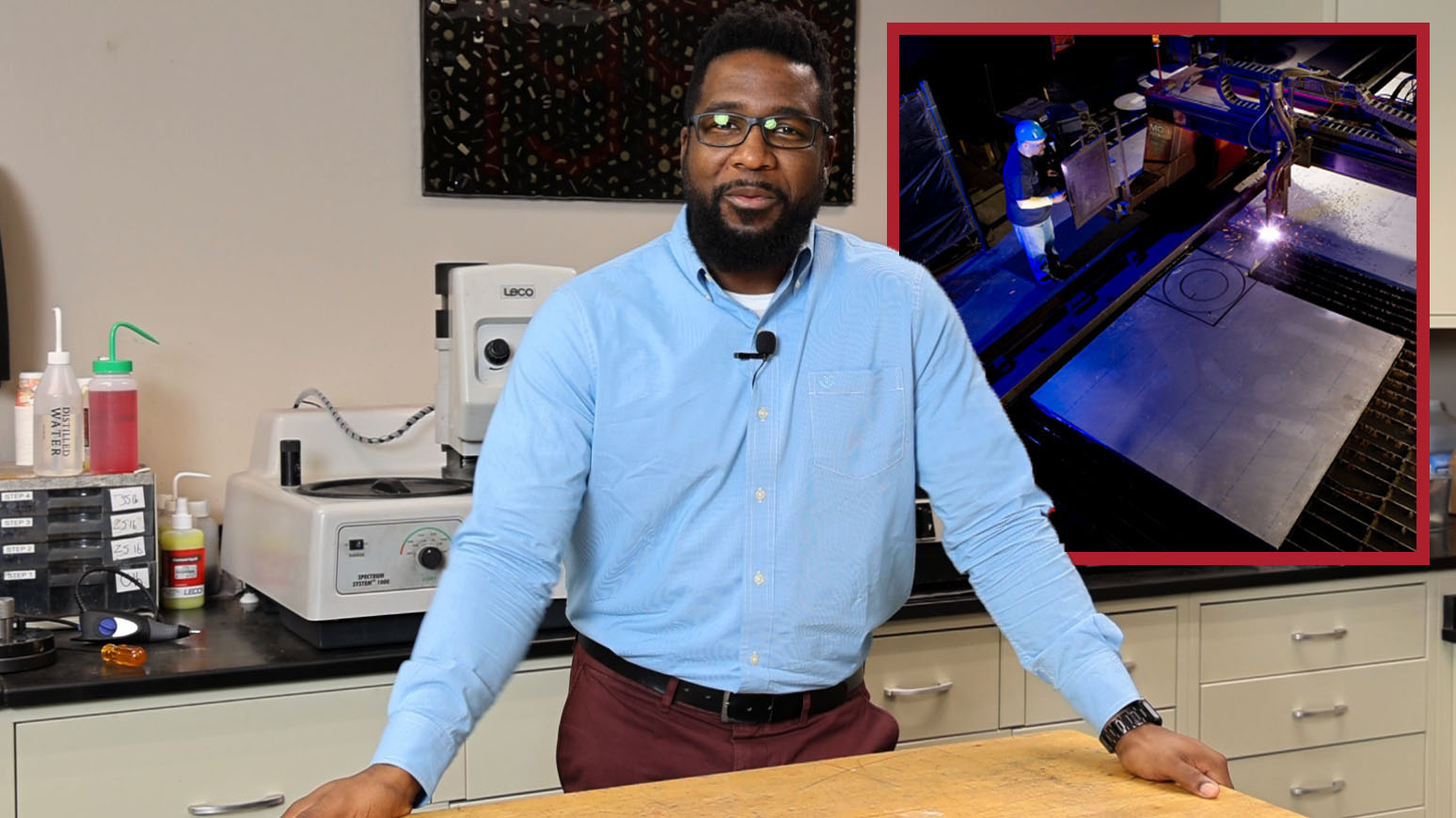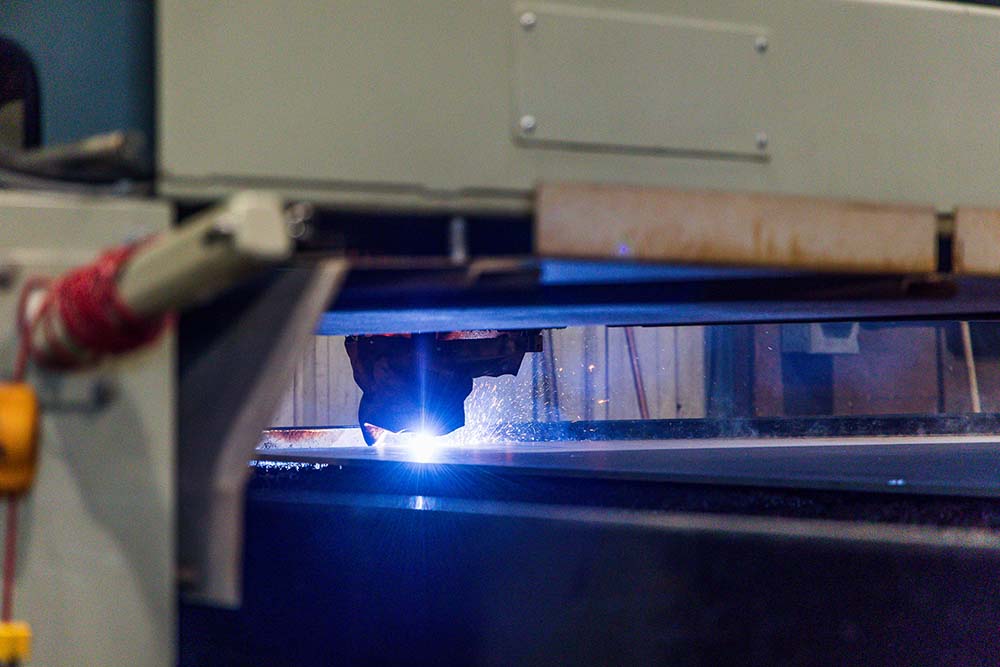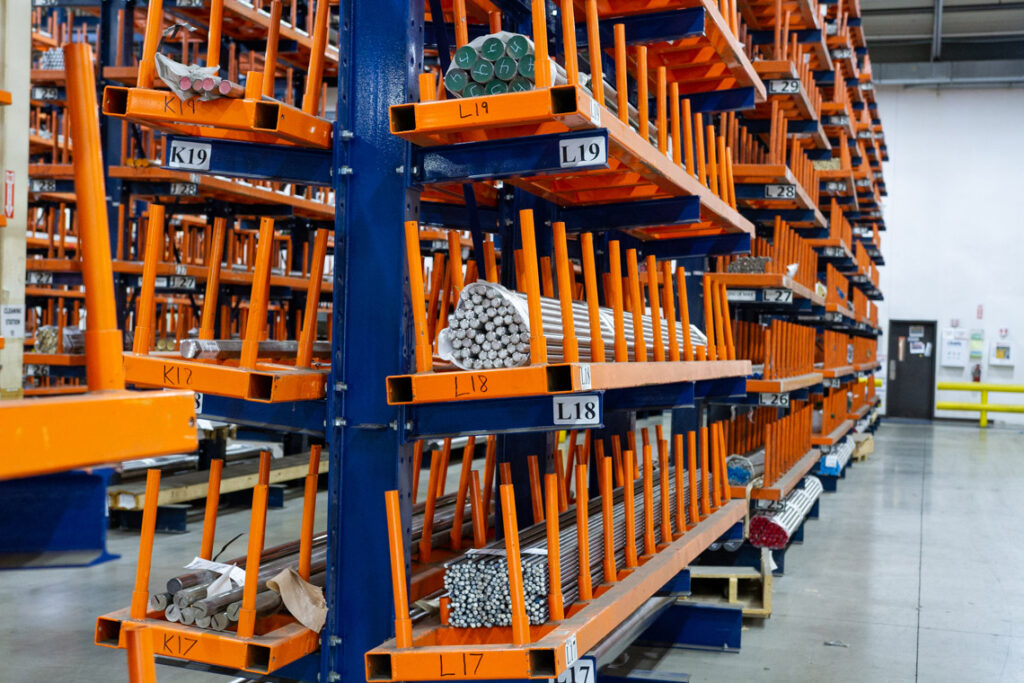STAINLESS STEEL
Latest Articles
310
Excellent resistance to oxidation under mildly cyclic conditions through 2000°F characterizes 310. Because of its high chromium and medium nickel contents, 310 has good resistance to sulfidation and other forms of hot corrosion. 310 is widely used in moderately carburizing atmospheres such as encountered in petrochemical environments. The more severely carburizing atmospheres of industrial heat treating furnaces require RA330® or RA333®. 310 is not suggested for the severe thermal shock of repeated liquid quenching.
Often in many product forms, the grain size and carbon content can meet both the 310S and 310H requirements. 310 is often used at cryogenic temperatures, with excellent toughness to -450°F, and low magnetic permeability. 310 has a machinability rating of 42% relative to AISI B1112 steel. When using high speed steel tooling, this equates to about 70 surface feet per minute. Forming operations should be performed at room temperature whenever possible. Welding with AWS E310-15 electrodes or ER310 bare wire is suggested.
- Oxidation resistance to 2000°F
- Moderate strength at high temperature
- Resistance to hot corrosion
- Strength and toughness at cryogenic temperatures
Concentric Reducers, Flanges, Pipe, Plate, Rod Coil, Round Bar, Sheet, Tubing
UNS: S31008, S31009
W. NR.: 1.4845
EN: 10095
ASTM: A 240, A 276, A 312, A 479
ASME: SA 240, SA 276, SA 312, SA 479
AMS: 5521, 5651
- Flare tips
- Fluidized bed coal combustors
- Radiant tubes
- Tube hangers for petroleum refining and steam boilers
- Coal gasifier internal components
- Thermowells
- Refractory anchor bolts
- Burners, combustion chambers
- Retorts, muffles, annealing covers
- Food processing equipment
- Cryogenic structures
Share This Page





